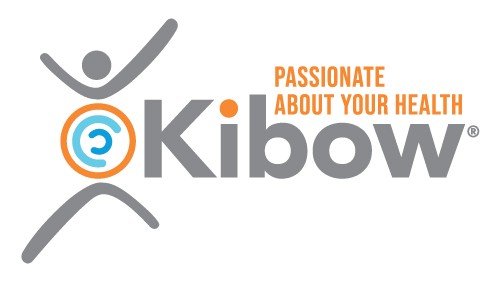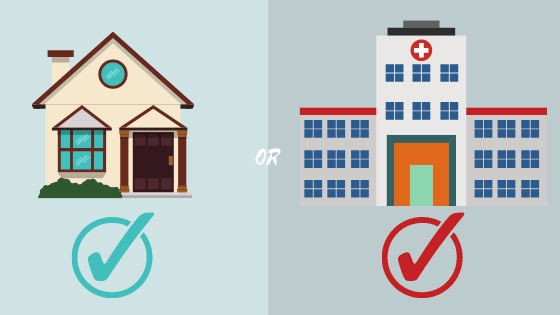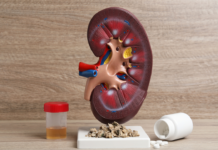*These statements have not been evaluated by the US Food and Drug Administration. This information is not intended to diagnose, treat, cure, or prevent any disease. Always consult with a qualified healthcare professional prior to beginning any diet or exercise program or taking any dietary supplement. The content on our website is for informational and educational purposes only.
Written By: Steve L. Belcher, RN, MSN, MS, DN-CM
Sponsored by: Renadyl™
Many people who start hemodialysis begin in an outpatient hemodialysis center. However, did you know that many people do hemodialysis at home? That’s right. The same type of dialysis done in outpatient dialysis centers can be done safely in your home. Let’s take a look at how home hemodialysis works, what a typical day looks like when doing home hemodialysis, and the considerations and benefits of home hemodialysis.
How does home hemodialysis work?
A small hemodialysis machine is given to the patient to use at home. This machine works like those in a dialysis center, but it’s much smaller and simpler. The blood is cleaned using a filter to remove toxins and extra fluid. The clean blood is then returned to your body. Many people have a person who helps them do home hemodialysis. But some people can do the whole process themselves. A helper is usually a family member or friend. You and this helper receive all the training you need from a local dialysis center. This includes everything from learning to insert needles to running the machine safely. Most people do 4 to 5 home hemodialysis treatments a week.
Here is what a typical day looks like when doing hemodialysis at home:
- Setup the machine. It takes about 15 to 30 minutes.
- Weigh yourself and check your blood pressure.
- Settle into your chair and get comfortable.
- Connect the machine to your access. Many people have their trained helper insert the needles. Some people do it themselves.
- Spend your time watching TV, reading, surfing the internet, or sleeping.
- Disconnect the machine. A helper usually does this step, including taking out the needles.
- Spend about 15 minutes cleaning up from the treatment.
- Fill out some paperwork recording your treatment,
Vascular Access: How the dialysis machine connects to your bloodstream?
To do hemodialysis, you’ll need a way for the machine to access your blood. There are three kinds of access:
- Central Venous Cather (CVC)
- Graft
- Fistula
A CVC is usually just a temporary access port. A fistula or graft is usually the permanent solution. A small surgery is needed to have a fistula or graft placed. Most people go home from surgery the same day.

Considerations:
Like all medical treatments, there are some things to think about:
- If you need a helper, it must be someone you trust and rely on. This person must have good vision and steady hands.
- Home hemodialysis usually requires needles. You, or your helper, must be comfortable inserting the needles. The dialysis center gives the training needed.
- You’ll need a clean place to do the dialysis regularly and store supplies.
- You’ll need a standard electrical outlet and a faucet (or under sink connection.) These are required to operate the home hemodialysis machine.
Benefits:
There are also many benefits to home hemodialysis:
- You can do dialysis in the comfort and privacy of your home.
- You don’t need to travel to the dialysis center every other day. You’ll usually visit the clinic a couple of times a month to check in with your care team.
- You may have fewer diet limitations than other dialysis options.
- People can travel with their home hemodialysis machine. This can make vacation easier.
- More frequent home treatments can remove excess fluid more gently. This is good for your heart and recovery time.
As always talk with your kidney doctor about which treatment option is right for you. Remember, home hemodialysis is just one of the many treatment options for kidney failure.
About the author
Steven Belcher, RN, MSN, MS, is a dedicated kidney advocate who began his journey 20 years ago as a dialysis nurse. This job inspired him to help as many people with kidney disease as he could. Not only did he spend two decades caring for a patient’s physical and emotional needs in a clinical setting, but he also educated the public on the risk factors of kidney disease. Some of his many philanthropic successes include being a keynote speaker at the National Association of Nephrology Technicians/ Technologists (NANT), presenting at community spaces, and launching radio shows.
He now focuses his time entirely on his organization Urban Kidney Alliance, which educates the public about kidney disease. His goal? To lower rates of Chronic Kidney Disease in urban communities in Baltimore, Maryland, across the country, and globally through education and collaboration.
Steve has also written the book “HOW TO SURVIVE OUTPATIENT HEMODIALYSIS: A GUIDE FOR PATIENTS WITH KIDNEY FAILURE.” You can read the book review here.
Learn more about our sponsor Renadyl™ here https://renadyl.com





